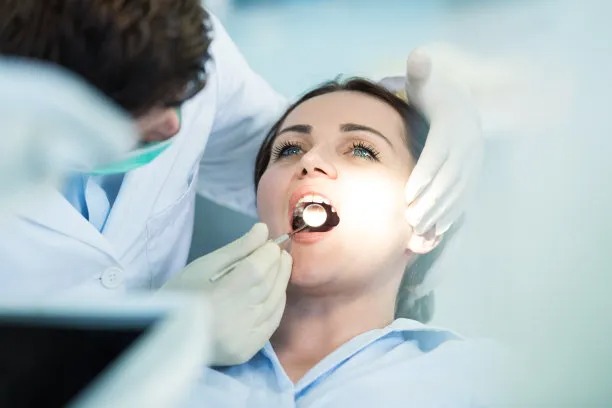Understanding the Process and Importance of Extracting a Tooth for Oral Health and Wellness
Summary: Tooth extraction is a critical dental procedure that plays a vital role in maintaining oral health and wellness. This article delves into the significance of extracting a tooth, exploring the various reasons behind the need for this procedure, the process involved, the potential risks, and the subsequent care and recovery. Understanding these aspects can empower patients to make informed decisions regarding their oral health, ensuring better outcomes and a healthier smile. By evaluating each element of tooth extraction, we can appreciate its importance and appreciate the balance it strikes between immediate needs and long-term wellness.
1. Reasons for Tooth Extraction

One of the most common reasons for tooth extraction is dental decay, which can weaken a tooth beyond repair. When a cavity becomes too extensive and reaches the tooths pulp, it may become infected. If the tooth cannot be saved through restorative methods, extraction is necessary to prevent the spread of infection to neighboring teeth and the surrounding oral tissues.
Another reason for tooth extraction is overcrowding, which often occurs when the mouth lacks sufficient space for all teeth. This is particularly common in adolescents and young adults, especially during orthodontic treatments. Removing one or more teeth can help create adequate space, allowing for proper alignment of the remaining teeth, resulting in a well-organized smile.
2. The Tooth Extraction Process
The tooth extraction process begins with a thorough examination by a dental professional, who will take an X-ray to assess the tooths condition. Depending on the complexity of the extraction, patients may be given local anesthesia to numb the area or sedation to help them remain calm during the procedure. This preparation is critical for ensuring a pain-free experience.
During the extraction, the dentist will loosen the tooth using specialized instruments. Simple extractions, involving visible teeth, are usually straightforward, while surgical extractions may require incisions in the gum to access impacted teeth. Regardless of the type, the goal is to remove the tooth with minimal discomfort and trauma to the surrounding tissues.
After the extraction, the dentist will provide post-operative care instructions, emphasizing the importance of following them to promote healing. Adequate rest, avoiding certain foods, and keeping the extraction site clean are crucial steps in the recovery process.
3. Risks and Considerations in Tooth Extraction
As with any surgical procedure, tooth extraction carries potential risks. Some of the most common complications include infection, prolonged bleeding, or damage to neighboring teeth. While these risks are generally low, it’s essential to discuss any concerns with your dental professional beforehand to understand the probability of such occurrences.
Another crucial consideration is the possibility of dry socket, which can occur when the blood clot that forms at the extraction site is dislodged. This condition can lead to intense pain and delayed healing. Adhering to aftercare guidelines reduces the chances of developing dry socket, making it essential for patients to follow their dentist’s advice closely.
Personal medical history and existing conditions should also be considered before undergoing tooth extraction. Certain systemic health issues, like diabetes or heart conditions, may affect the healing process. Consulting with your healthcare provider ensures that all precautions are taken to protect your overall health during recovery.
4. Post-Extraction Care and Recovery
Post-extraction care is vital for ensuring a smooth recovery. Patients should focus on resting immediately after the procedure and avoiding strenuous activities for at least 24 hours. Ice packs can help minimize swelling and discomfort, while over-the-counter pain medications may be recommended by the dentist for managing pain.
Avoiding solid foods for the first few days is advisable, as this can protect the extraction site and ensure more comfortable eating. Opt for soft foods and plenty of fluids to aid the recovery process. Staying hydrated and maintaining a balanced diet will nurture the body and facilitate healing.
Finally, regular follow-up visits with the dentist are necessary to monitor healing and assess whether additional care is needed. Keeping an open line of communication with the dental practice following the extraction can help address any concerns promptly, ensuring optimal recovery.
Summary:
In conclusion, understanding the process and importance of tooth extraction is crucial for maintaining oral health. From the reasoning behind the procedure to the care needed afterwards, each step plays a vital role in ensuring a healthy mouth and smile. Awareness of the potential risks and proper post-extraction care will empower individuals to protect their oral health effectively.
This article is compiled by Vickong Dental and the content is for reference only.



